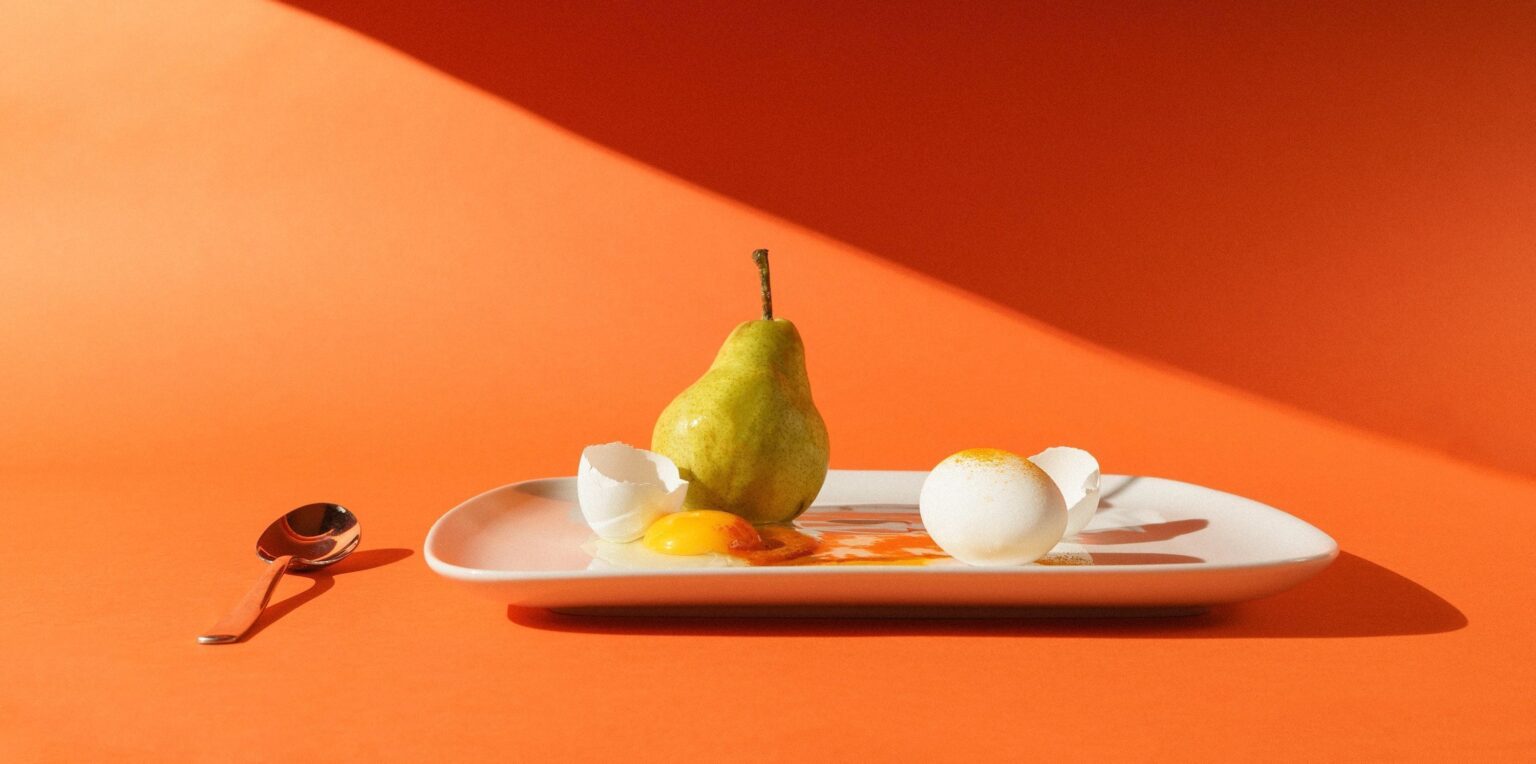One of the biggest trends in the sustainable food movement of the past decade is climate-conscious eating. As early as the 1990s the concept of “food miles” – the carbon footprint of imported food – began to change the way people thought about their local food cultures. Today we’re much more aware of the environmental impact of what we eat. As far as possible, more and more people are becoming “locavores” – eaters of food that’s locally sourced and produced.
Now Japanese food innovation laboratory Open Meals has taken climate-conscious eating to the next level with a new project called Cyber Wagashi. This data-driven approach to “food construction” reinvents the ancient Japanese gastronomic culture of wagashi – a type of bite-size confection usually eaten together with green tea. Think sushi, but sweet!
The most popular types of traditional wagashi vary in response to shifting seasons, and often emulate seasonal plants and flavours. They’re meant to reflect the beauty and variety of nature, and to remind the eater of their own connection to the constant flux of the environment. Cyber Wagashi does the same, but with a modern twist.
Here’s how it works:
Cyber Wagashi embraces technology to generate highly specified variations depending on local weather patterns. Weather data for a particular region is sourced from Tellus, a Japanese satellite data platform that pulls satellite data from all over the world.
A unique algorithm is used to aggregate this data and to translate it into visual forms, which are then 3D printed. The basic form of the wagashi is determined by the pressure system behind a given day’s weather conditions. Low-pressure conditions, which result in rain, cold and storms, are represented by an anti-clockwise “cyclone” shape, a swirl that looks like a cyclone weather pattern pictured from above. High-pressure systems, which cause mild and fine weather, are represented by clockwise swirl forms known in weather parlance as “anticyclone” patterns. That’s right, cyclones blow anti-clockwise and anticyclones blow clockwise.
The wagashi algorithm then modulates these basic forms with data about wind speed and temperature for a given location. Cold temperatures are represented by blue to green colouring, and warm temperatures are shaded in dark red to yellow. High wind speeds are represented by jagged contours on the slopes of the wagashi, and windless days feature a smooth gradation.
This is all good and well, but what does Cyber Wagashi taste like? Just like any 3D printed food, it tastes like the food substance fed into the printer as “ink”. Theoretically, you could make Cyber Wagashi out of chocolate, or peas, or pork. But in this case, it’s made of a sweet glutinous, chewy rice purée that tastes like a traditional (and delicious) wagashi called “mochi”.
To get your teeth into a Cyber Wagashi you’ll have to travel: it’s currently only available at a Tokyo restaurant called The Moon. But soon, according to Open Meals, you’ll be able to import Cyber Wagashi data files and print your own from anywhere in the world.



